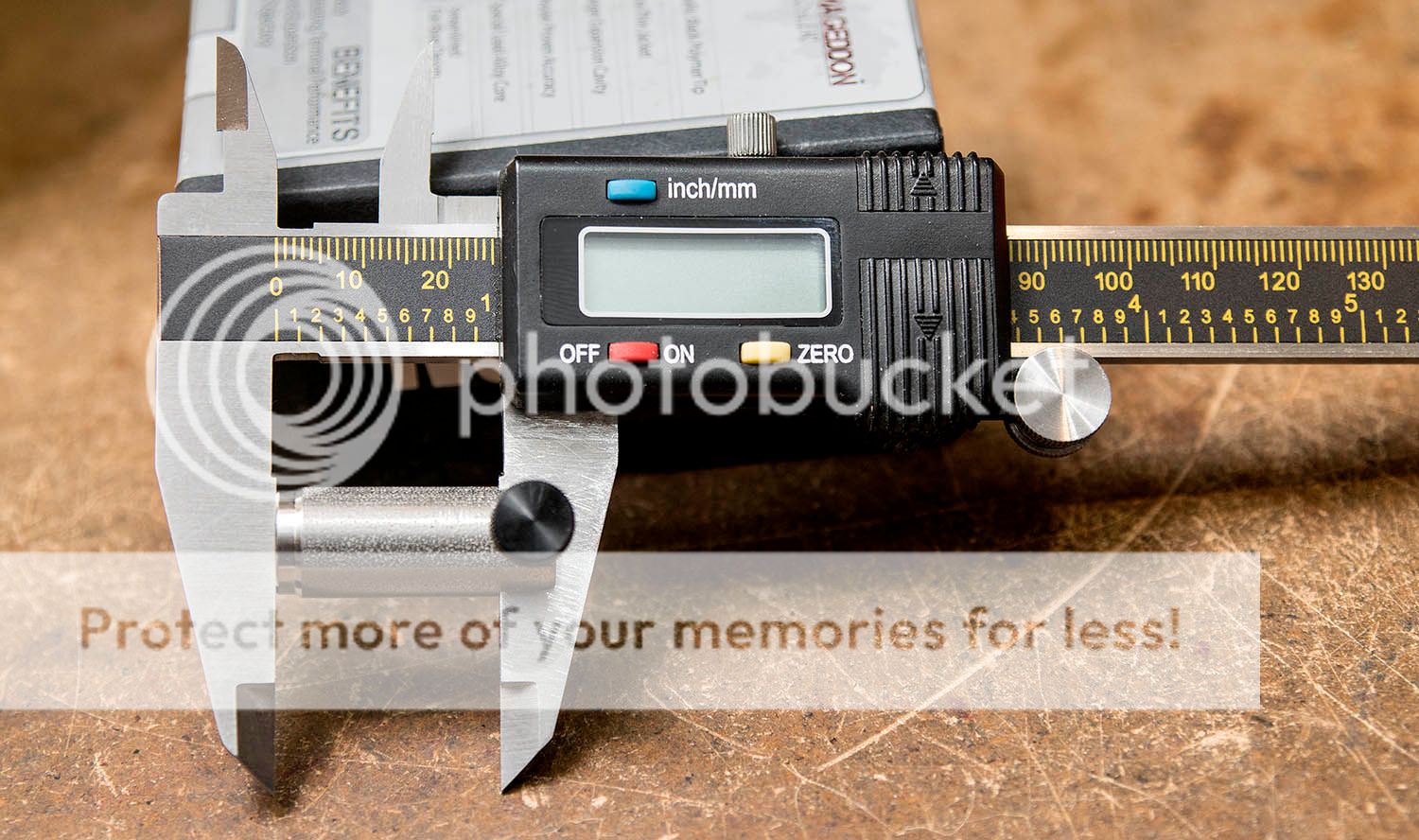Pls don't laugh--this is the first time in more than 50 years of reloading that I've done this. 
After ordering a new Shilen barrel* for my Savage 12 Benchrest from NSS...
http://northlandshooterssupply.com/match-grade-barrels-2/shilen-savage/
...I thought I ought to get serious about this, so bought a Hornady (Stony Point) O.A.L. Gauge and drilled-and-tapped case. I practiced on my Savage 10 Predator Hunter Max 1 in 6.5CM. Found that the OAL-to-the-lands measurements were more consistent when using an ogive-finder adapter for the calipers...

...instead of trying to measure OAL to the tip of meplat when using an HP bullet.
More later when I get my barrel installed.
* 28" bull (1" OD at the muzzle) Stainless Select Match in 6.5 Creedmoor
After ordering a new Shilen barrel* for my Savage 12 Benchrest from NSS...
http://northlandshooterssupply.com/match-grade-barrels-2/shilen-savage/
...I thought I ought to get serious about this, so bought a Hornady (Stony Point) O.A.L. Gauge and drilled-and-tapped case. I practiced on my Savage 10 Predator Hunter Max 1 in 6.5CM. Found that the OAL-to-the-lands measurements were more consistent when using an ogive-finder adapter for the calipers...

...instead of trying to measure OAL to the tip of meplat when using an HP bullet.
More later when I get my barrel installed.
* 28" bull (1" OD at the muzzle) Stainless Select Match in 6.5 Creedmoor












